Reason To Confront Digital Advertising’s Essential Truths

“Data-Driven Thinking" is written by members of the media community and contains fresh ideas on the digital revolution in media.
Today’s column is written by Julia Amorim, CEO at MediaNet.
In the famous scene from the 1992 movie “A Few Good Men,” Jack Nicholson’s character asks Tom Cruise if he wants answers, to which Cruise’s character roars, “I want the truth!”
“You can’t handle the truth!” Nicholson barks back.
That scene illustrates how some truths are so complex, some decisions so difficult, that people might be inclined to keep them secret or act in ways that aren’t in their own best interests. It’s sort of like what’s happening in digital advertising right now.
For example, the truth is that there are some bad actors who have taken advantage of marketers by manipulating fees and rebates, as the ANA’s study of media transparency in the US has revealed.
Some marketers have “handled” that truth by being justifiably outraged – but also by taking a potentially superficial approach to mitigating future risks. This includes distancing themselves from longtime agency partners, cutting back on their overall spending or choosing to work with vendors who are in a race to the bottom with pricing.
A return to the black-box days where third parties kept all the details about spending to themselves is obviously not the answer, but neither is penny-pinching to such an extent that marketers risk losing consumers’ attention, falling behind competitors or worse. Offline activations are expensive too, but the industry has learned how to manage costs effectively while making great use of the media available.
Like it or not, those marketers may not know the full truth, or perhaps they don’t want to, because it may seem like too much to handle.
Inconvenient (But Important) Truths
Here’s one truth that’s easy to accept: The audience has moved online. They’re not just browsing, either. The internet is where more consumers are going to buy things. And thanks to the rise of smartphones, people are consuming digital media on the go more than ever. If you want to be effective as a marketer, you must be here.
On the other hand, marketers shouldn’t show up online if they’re not prepared to make an impact. Sure, they can work with someone who only charges 5%, but they shouldn’t expect the same results they’d get by working with someone who charges more but also takes the time to understand their business and goals and coordinate a creative, comprehensive campaign.
The truth? Digital advertising is a service business, and good service – regardless of the medium – is always worth the investment.
Yes, marketers deserve greater transparency in where the money goes, but they also owe it to themselves to learn more about the layers involved in making a digital campaign successful. As much as it stings to be duped by hidden costs, the costs that contribute to real value remain. Just because it’s online doesn’t mean it’s near free to pursue.
The truth? Digital may seem intangible, but it requires a lot of activity that happens behind the scenes that are similar to what marketers have always known in television and print.
As the dust around fees and transparency begins to settle, there’s a real opportunity to take a fresh start with digital advertising, based on the metrics that truly matter, where spending on expertise allows brands to take full advantage of the technologies and tools available to them. It’s not about “spinning the numbers” to make them look better.
Reputable firms have no interest in “alternative facts.” The point is to avoid the fragmented planning process that’s starting to mess campaigns up today and to admit that this isn’t a competitive landscape that can be avoided. Just look at the amazing growth of a digital-first organizations like Amazon, which now owns a third of the ecommerce market but is predicted to grow to 50% by 2021.
The truth? Digital is not a set of tactics, like something you use to advertise a one-off promotion. It’s a foundational component of a holistic marketing strategy, where much of your brand’s message will be seen, heard and felt.
It’s funny how two of the oldest clichés in the book are “Knowledge is power” and “The truth hurts.” When reality seems overwhelming it’s only natural to look for short cuts and simple solutions to our problems. That rarely works out well in the long run, though.
The truth? You don’t have to handle it alone.
Source: Ad Exchanger


